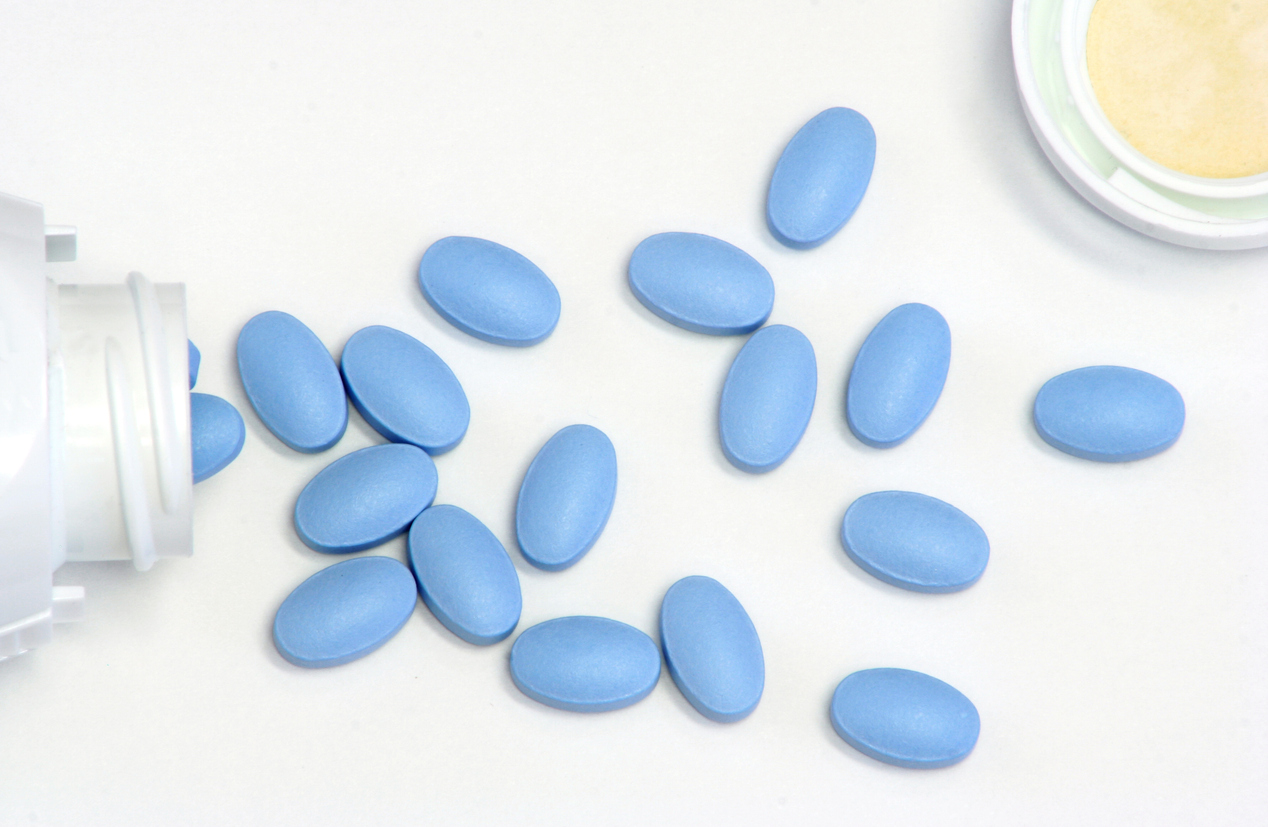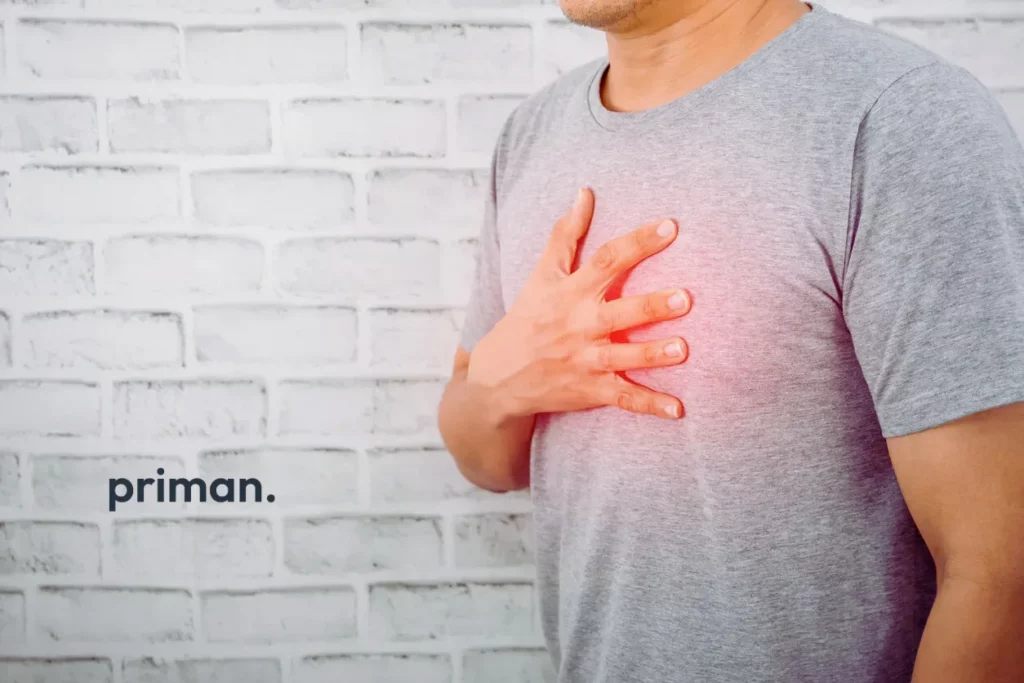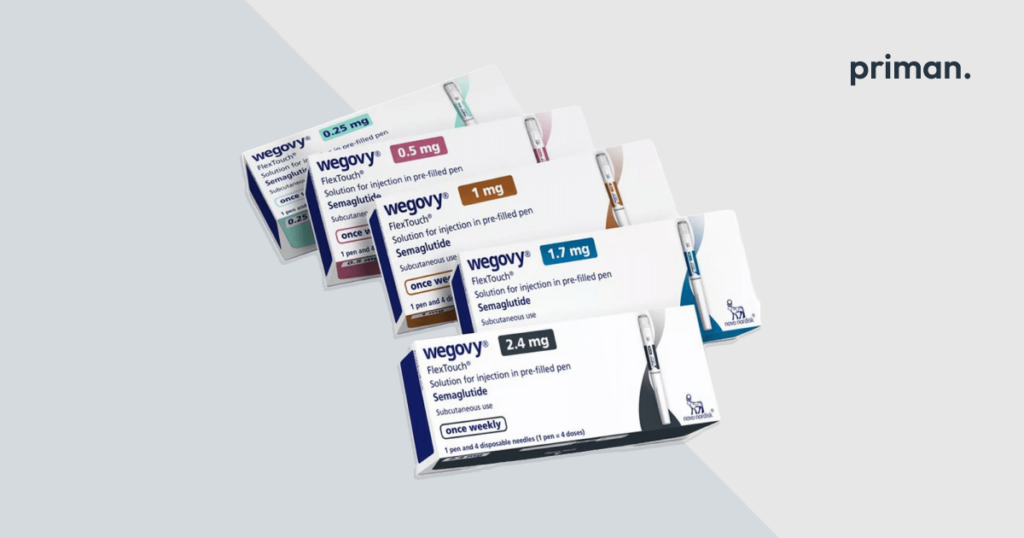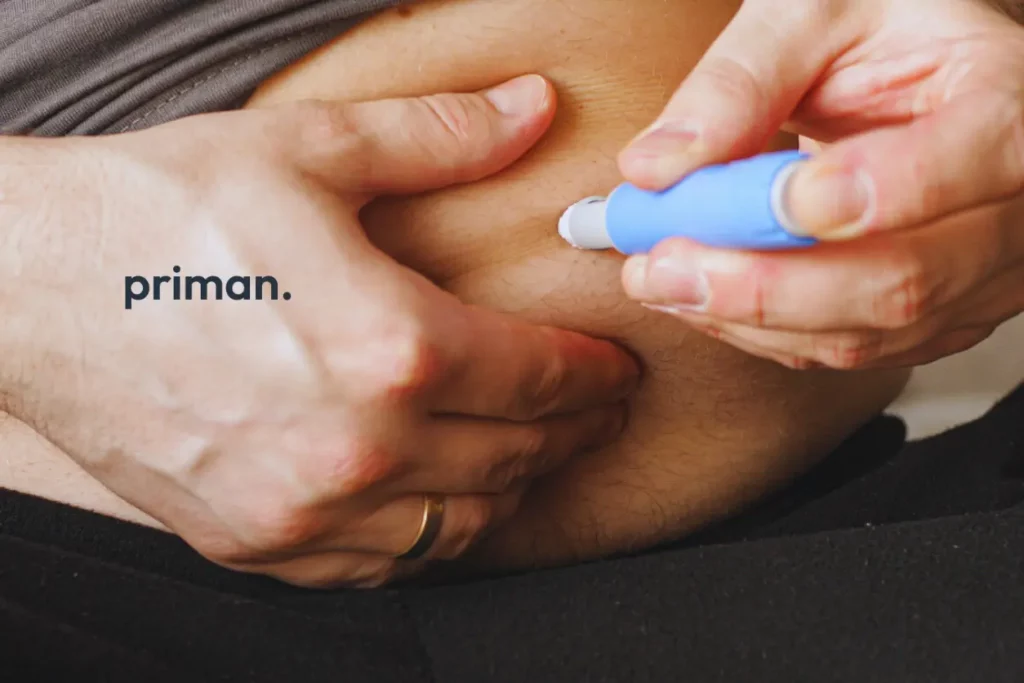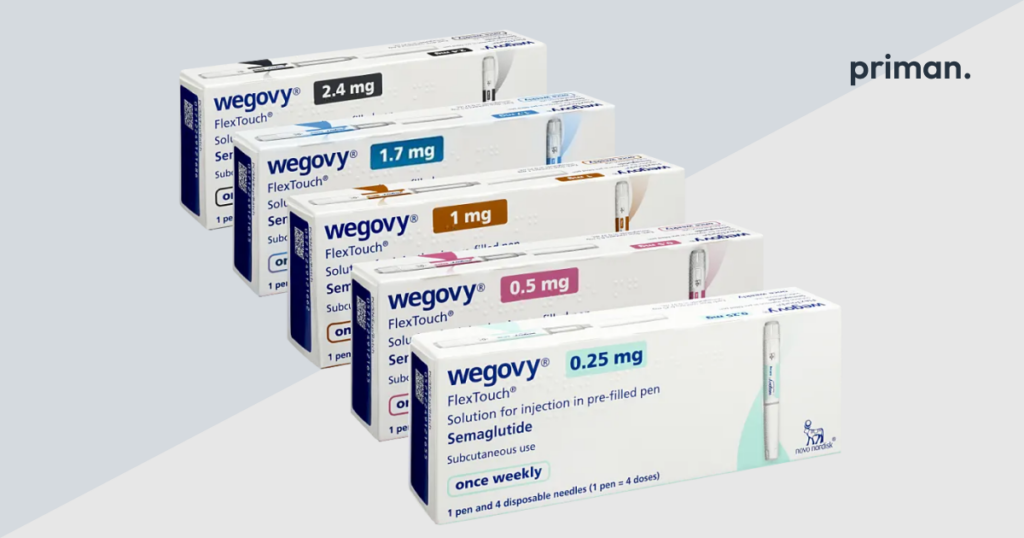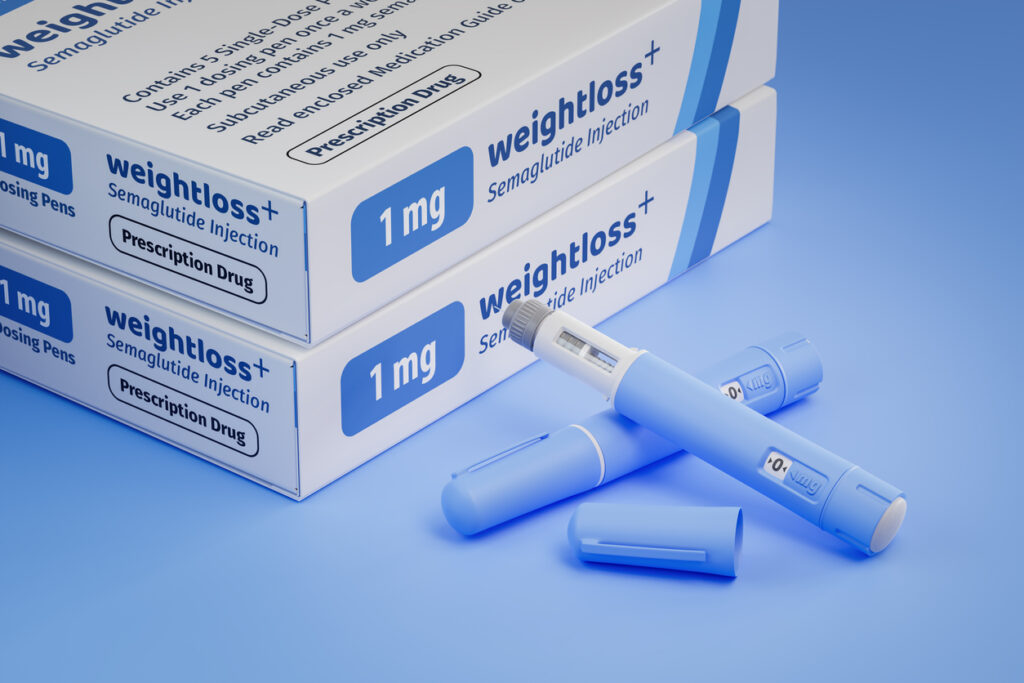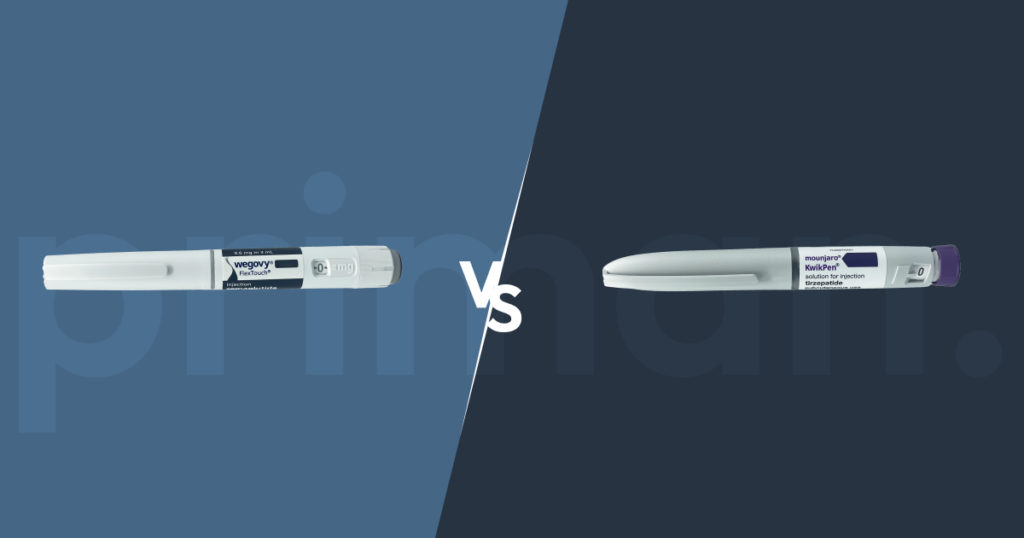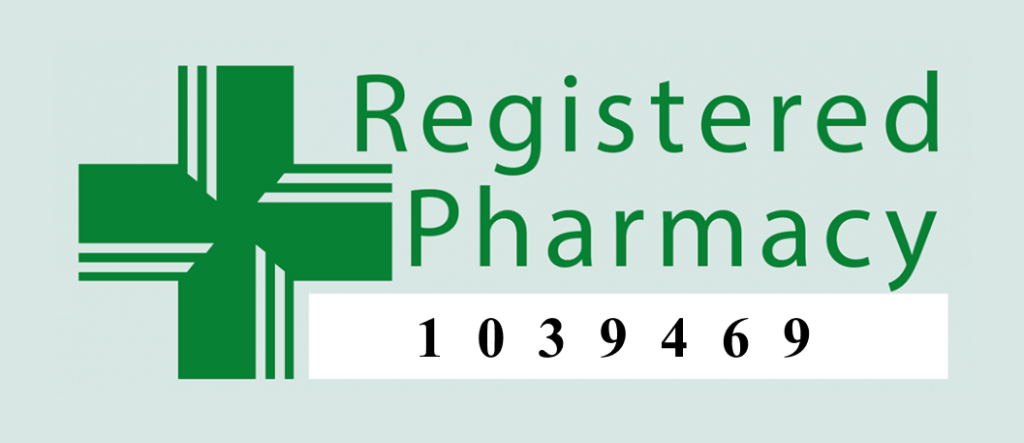Erectile dysfunction (ED) medications have revolutionised how men approach intimacy. However, getting the most out of these treatments isn’t always as simple as taking a pill. Let’s dive into the strategies that can boost your ED medication’s effectiveness.
Understanding ED Medications
ED medications like Viagra (sildenafil), Cialis (tadalafil), Levitra (vardenafil), and Spedra (avanafil) work by increasing blood flow to the penis. This makes it easier to achieve and maintain an erection. However, they don’t automatically create desire; sexual stimulation is still necessary.
Tips for Maximising Effectiveness
- Take the Right Dose: The “right” dose varies for every man. Your clinician can help you determine the ideal amount based on your medical history, other medications, and personal needs. Don’t hesitate to talk to them if you’re not seeing the results you expect. Remember, there’s no shame in fine-tuning your treatment plan.
- Timing is Key: ED medications have different onset times. Some might take effect within 30 minutes, while others could take a couple of hours. Knowing your medication’s timeline lets you plan for intimacy and avoid the frustration of waiting too long (or not long enough).
- Watch What You Eat and Drink: Avoid heavy meals high in fat before taking ED medications, as they can slow down absorption. Enjoy a balanced diet rich in fruits, vegetables, whole grains, and lean protein. This helps maintain good blood flow and cardiovascular health, crucial for erections.
- Alcohol can also interfere with the effectiveness of these pills.
- Manage Stress and Prioritise Sleep: Stress is a libido killer. Explore relaxation techniques like meditation, yoga, or spending time in nature. Aim for 7-8 hours of quality sleep each night. Restful sleep helps regulate hormones and energy levels, both essential for sexual well-being.
- Get Regular Exercise: Maintaining a healthy lifestyle can improve blood flow and overall sexual function. Aim for at least 30 minutes of moderate-intensity exercise most days of the week.
- Don’t Smoke: Smoking damages blood vessels and restricts blood flow, making ED worse. Quitting smoking is one of the best things you can do for your sexual health.
- Talk to Your Partner: ED medications work best when they’re part of a holistic approach to intimacy. Talk to your partner about your feelings and expectations. Open communication can reduce anxiety and enhance your connection, leading to a more satisfying sexual experience.
Seek Support
If your ED medications aren’t working consistently, or if you’re experiencing side effects, it’s important to talk to your healthcare professionals. There may be other underlying health conditions contributing to your ED, such as high blood pressure, diabetes, or heart disease.
Important Note
ED is a common condition, and there’s no shame in seeking help. With the right treatment and lifestyle changes, you can improve your sexual function and overall well-being.
References
Barrell, A. (2022) Smoking and erectile dysfunction: What’s the link?, Medicalnewstoday.com. Available at: https://www.medicalnewstoday.com/articles/does-smoking-cause-erectile-dysfunction
Bauer, S. R. et al. (2020) “Association of diet with erectile dysfunction among men in the health professionals follow-up study,” JAMA network open, 3(11), p. e2021701. doi: 10.1001/jamanetworkopen.2020.21701.
Erectile dysfunction (ED): Symptoms, causes, and treatment (2014) Healthline. Available at: https://www.healthline.com/health/erectile-dysfunction
Gutierrez-Velarde, P. et al. (2023) “Poor sleep quality and erectile dysfunction in students from a Peruvian University: A cross-sectional study,” Frontiers in public health, 11. doi: 10.3389/fpubh.2023.932718.
Kalaitzidou, I. et al. (2014) “Stress management and erectile dysfunction: a pilot comparative study,” Andrologia, 46(6), pp. 698–702. doi: 10.1111/and.12129.


